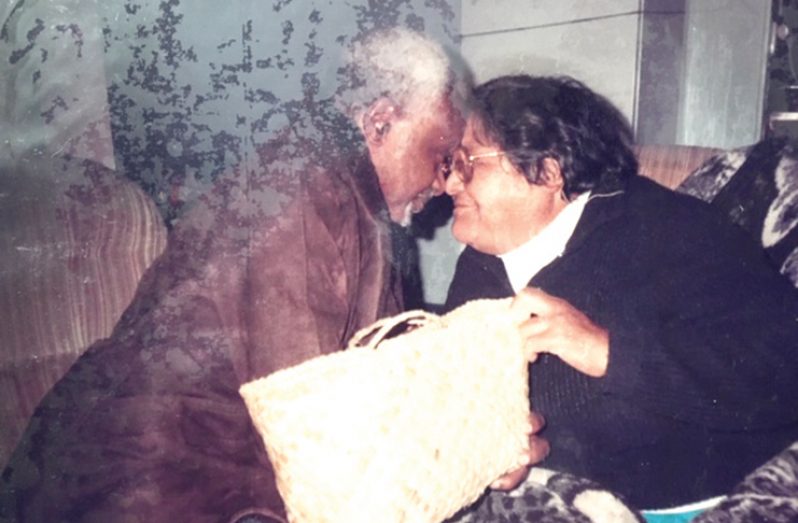By Francis Quamina Farrier
During the past four months, I have written feature articles about the COVID-19 pandemic focusing on a number of countries. These include Argentina, Bangladesh, Bolivia, Brazil, Chile, Colombia, India, Pakistan, South Africa, Sri Lanka, Tanzania, the United Kingdom, Zambia and Zimbabwe.
Due to the spread of the respiratory disease globally, I consider it important for Guyanese to know a bit about how other countries around the world are dealing with the pandemic.
Our neighbours Brazil is a case in point. They have had a whopping five million infections and 147,000 deaths. Only India and the USA have more cases.
The United States is leading the world with 7.6 million infected, including the president, and 213,000 plus deaths.
In this article, I invite you to join me as we go all the way down under to Australia and New Zealand and find out how those two sister Commonwealth countries are doing as they battle the coronavirus. Like Guyana, both Australia and New Zealand have indigenous citizens; the Aborigines of Australia and the Maoris of New Zealand. It was my privilege to have interacted with both of those indigenous peoples while on visits to both countries.
At this time, reports are that both Australia and New Zealand are doing fairly well in stemming the attack of the COVID-19 virus, even though the challenge remains great. With a population of 25.36 million, there are now 27,130 infected in Australia and 900 deaths. Those statics measure well over most other developed countries, especially the United States.

In Australia, the medical authorities were firm in dealing with the pandemic from the very start. “We in Melbourne are under strict rules since March,” Australia-based Guyanese Alison Buchanan informed me. “We had a curfew between 9.00 p.m. and 5.00 a.m. which was lifted on September 27. We can now go out, but only once a day for groceries, exercise, work or caregiving, and that must be within 5 kilometers of our home.” she said. On a personal level, Alison Buchanan had to make the difficult decision to register her 96-year-old father into an aged care facility.
Also in contact with me from Melbourne, Australia, is Guyanese Tony Phillips. “The Federal Government has created an emergency National Cabinet from day one to address COVID-19 and this was a great move by Prime Minister Scott Morrison,” he informed me. “They have also provided enormous sums of cash to keep the population going since so many are out of a job and more companies are going to collapse if they are not allowed to reopen for business.”
East of Australia is the twin island country of New Zealand, which is known as Aotearoa by the Indigenous Maori peoples. It is 103,799 square miles in size. With a population of 4.7 million, New Zealand has 1,855 citizens who have tested positive with the coronavirus, but amazingly only 25 deaths. In comparison, Guyana with a much smaller population, has over 3300 cases and 100 deaths.
Prime Minister Jacinda Ardern of New Zealand is regarded as the most successful female Head-of-State at this time. Added to her demanding duties as Prime Minister, the 40-year-old un-married, is also a mother. She gave birth to a 7.3 lb. baby girl on June 21, 2018. She is credited with giving her nation a strong woman’s approach to the pandemic – a wise and strong motherly course. She too activated early prevention in closing down the country in the very early stages of the arrival COVID-19. There was also a high number of tests carried out on citizens. Added to which there was a surveillance plan established to help keep the disease out of communities by stamping it out before it had the chance to spread widely. As such, Health officials established anti-COVID-19 protocols. New Zealanders acted very responsibly by obeying the instructions of the Health authorities. That kind of discipline has paid great dividends in New Zealand resulting in the country having relative low numbers of coronavirus incidents and deaths.
Because the Health authorities of New Zealand took preventative measures very early, the coronavirus was effectively blocked from spreading as rapidly as was the case in many other countries. In recent months, there has been a decrease in cases, and the lockdown, which was enforced very early, has recently been lifted. Because of the great success in stemming the coronavirus and other successes, Prime Minister Jacinda Ardern is expected to win the country’s General Elections of October 17, 2020, by a landslide, as indicated by many polls.
Meanwhile, here in Guyana, September was the month of the highest surge. Rising from 35 deaths at the end of August to 73 by the end of September. That number has since risen to 100.
In a recent address to the Private Sector Commission, President Dr. Irfaan Ali stated that “Government would be providing $25,000 per household as a relief due to the impact of COVID-19.”




.png)









